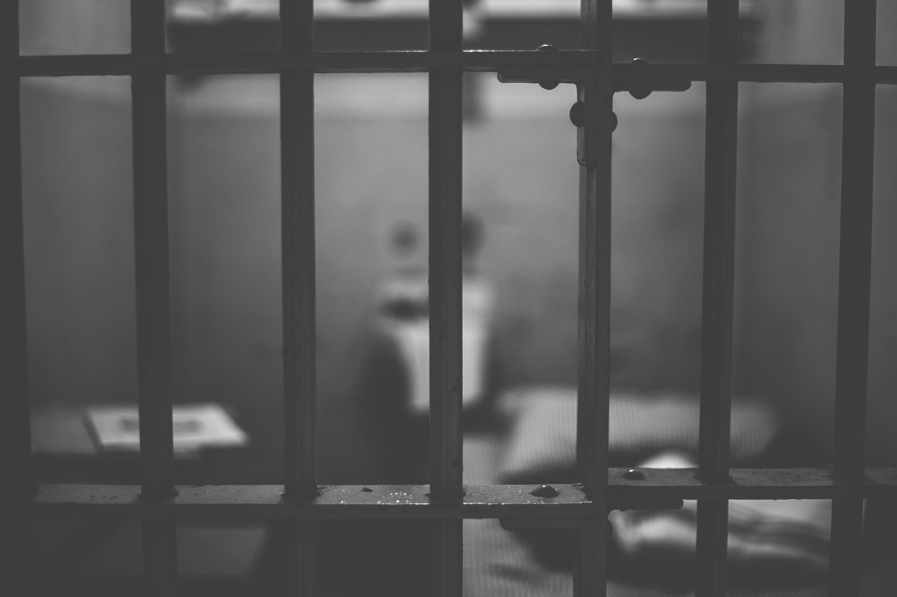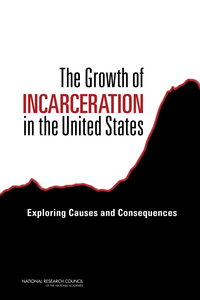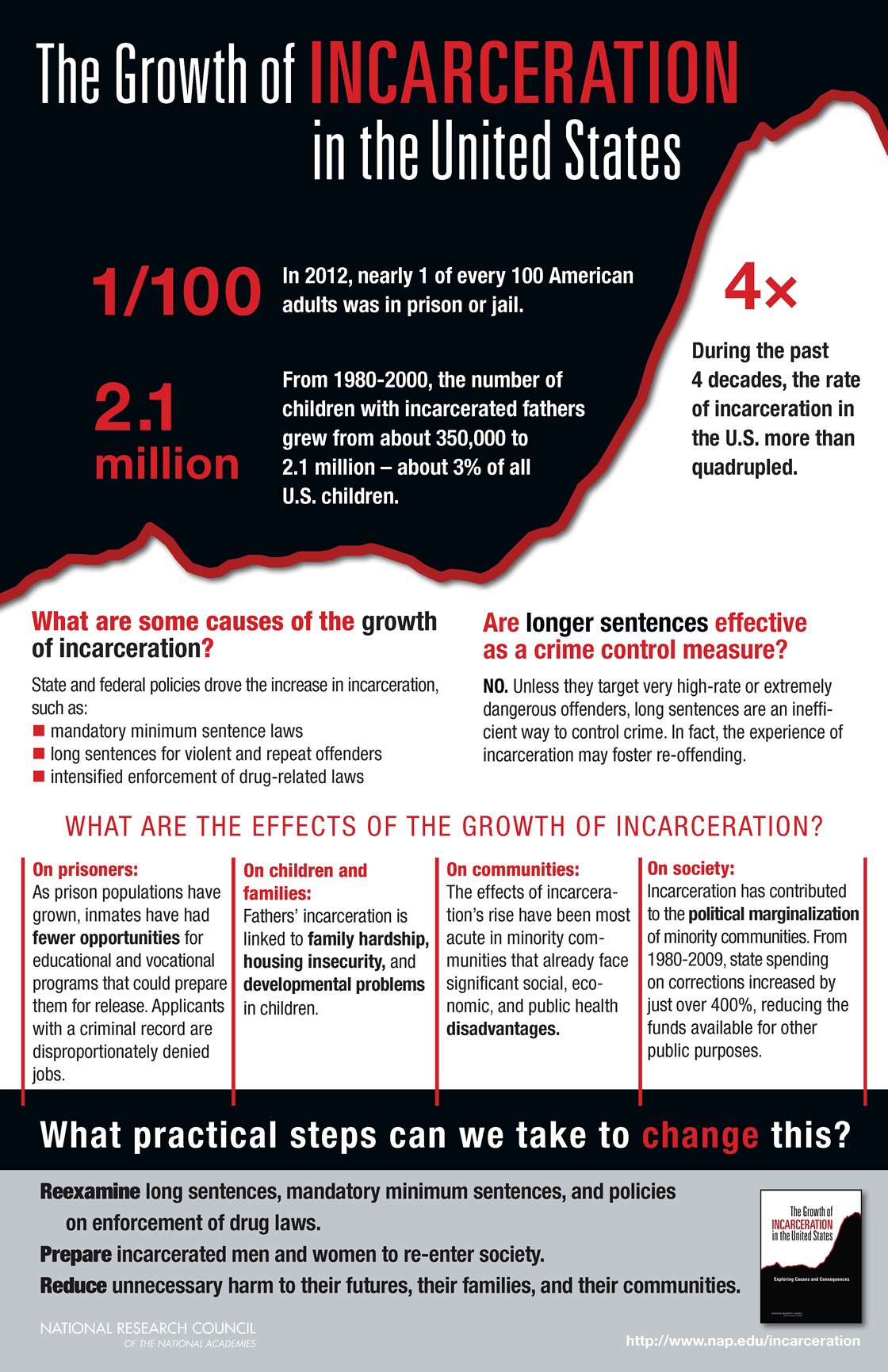 The growth of incarceration in the United States during the last four decades has prompted numerous critiques and a growing body of scientific knowledge about what prompted the rise and what its consequences have been for the people imprisoned, their families and communities, and for U.S. society. Our reports examine the examine the body of evidence regarding incarceration rates and its effects, and recommend changes in sentencing policy, prison policy, and social policy.
The growth of incarceration in the United States during the last four decades has prompted numerous critiques and a growing body of scientific knowledge about what prompted the rise and what its consequences have been for the people imprisoned, their families and communities, and for U.S. society. Our reports examine the examine the body of evidence regarding incarceration rates and its effects, and recommend changes in sentencing policy, prison policy, and social policy.
The Growth of Incarceration in the United States: Exploring Causes and Consequences
After decades of stability from the 1920s to the early 1970s, the rate of imprisonment in the United States more than quadrupled during the last four decades. The U.S. penal population of 2.2 million adults is by far the largest in the world. …
Reforming Juvenile Justice: A Developmental Approach
Adolescence is a distinct, yet transient, period of development between childhood and adulthood characterized by increased experimentation and risk-taking, a tendency to discount long-term consequences, and heightened sensitivity to peers and …
Implementing Juvenile Justice Reform: The Federal Role
In the past decade, a number of state, local, and tribal jurisdictions have begun to take significant steps to overhaul their juvenile justice systems – for example, reducing the use of juvenile detention and out-of-home placement, bringing …
Deterrence and the Death Penalty
Many studies during the past few decades have sought to determine whether the death penalty has any deterrent effect on homicide rates. Researchers have reached widely varying, even contradictory, conclusions. Some studies have concluded that the …





